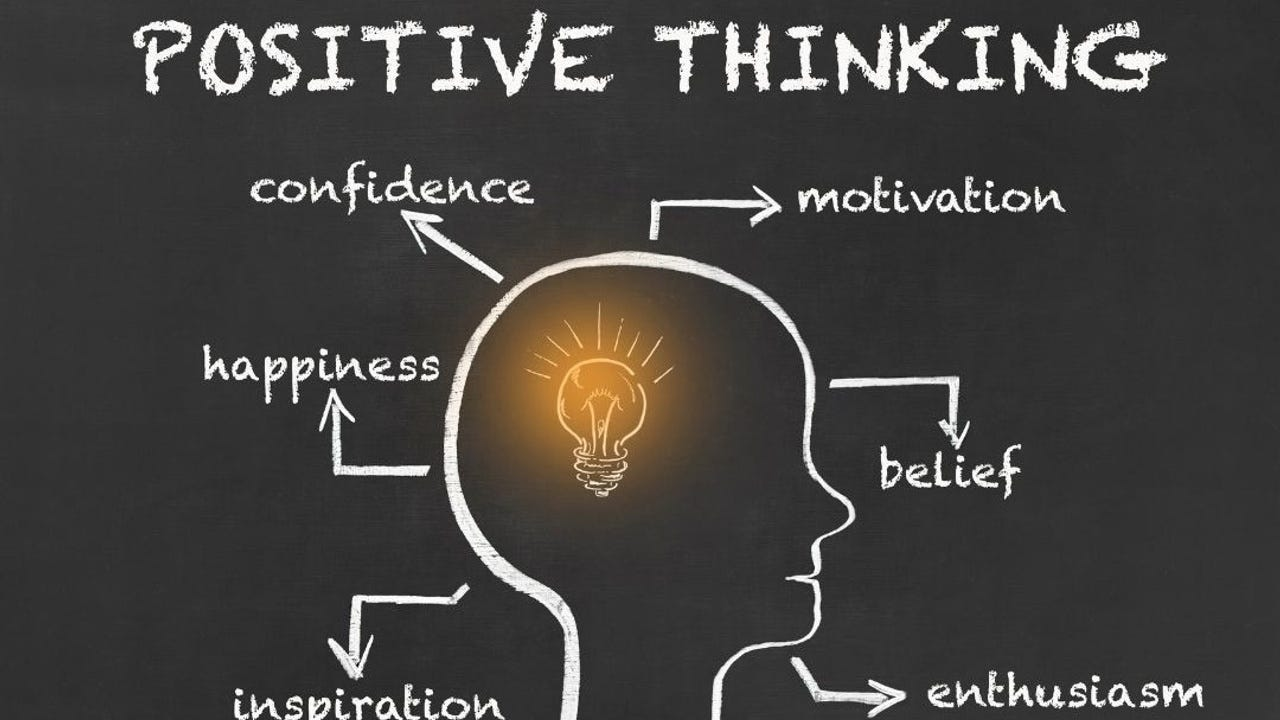Sanika Week 15: Memories and Our Identity
Memories and Our Identity
What makes up our identity?
We could say ethnicity, culture, religion, appearance, or even career. However, there is something larger than all of these other factors that make up who we are, and that is our memories.
Memories are a crucial part of how we, as people, form our individual beliefs and values which contribute to our identity. As a child grows and experiences various situations, “there is part of the brain that creates a story from these experiences” which allows for a sense of self to develop over time (Hull). This is due to a memory system known as autobiographical memory which consists of a series of events collected from an individual's life. For instance, someone's autobiographical memory could include playing with their friends at the playground in elementary school, celebrating a birthday, or the first time driving a car. All of these types of memories create the positive parts of ourselves and even allow us to connect with others on a deeper level forming friendships and relationships.
However, unfortunately, not all of the circumstances we encounter in our lives are positive. We all make mistakes, and most of us have likely had to face and overcome difficult situations or obstacles. This could include missing deadlines for important projects or assignments, “jumping to conclusions before getting all the facts,” or even procrastinating on school work (Schultz). But this is when memory comes into play again. The negative situations that we experienced in the past remind us to learn from our mistakes so we can make better choices in the future. This allows individuals to continue to grow and build their character through discovering important life lessons that foster a learning environment.
So whether good or bad, all of our memories make up our identity because it is our experiences in the past and present that shape who we are in the future (Madan).
EuropeNow – “Remembering and Forgetting in Transit: The Interplay Between Physical Spaces and Memory and Identity”


Hi, Sanika. In your introduction, the rhetorical question was an interesting opening that tied well into the next part as it helped transition into the main portion of the blog. In addition, the examples were engaging due to the relatability, as shown in the sentence “someone's autobiographical memory could include playing with their friends at the playground in elementary school, celebrating a birthday, or the first time driving a car.” The inclusion of quotes about the neuroscience from Hull, Schutz, and Madan increased your credibility. Overall, your blog effectively utilized the different types of evidence and maintained engagement.
ReplyDeleteHi Sanika, I liked how you started your blog with a thought provoking question and it engaged my brain into reading your blog. I agree with your point of view that memory is a crucial part of our identity. I loved how you effectively explain why memories are an aspect of our identities. I also got to learn about autobiographical memory, which was an interesting and unique topic. This concept made me understand how I learn and grow through my memories. Your explanation of how negative memories can help us in the future made me understand the power of memoires. I do agree with your analysis and suggestions that memories help us improve for the future as we all learn from our mistakes. I loved your concluding sentence. It was meaningful and well written. It ended your blog leaving a lasting impact on the audience. Overall, your blog was well written with a great picture incorporated.
ReplyDelete